How Much Does It Cost to Stain a Brick House?
Staining a brick house can significantly enhance its appearance, providing a fresh and updated look while preserving the natural texture of the brick. This process involves applying a stain to the brick surface, which penetrates the material and provides a long-lasting finish. In this blog, we will explore the various factors that contribute to the cost of staining a brick house, providing detailed breakdowns and cost estimates to help you understand the financial commitment required for such a project. Staining is a practical alternative to painting, allowing the natural beauty of the brick to shine through while adding a layer of protection against the elements.
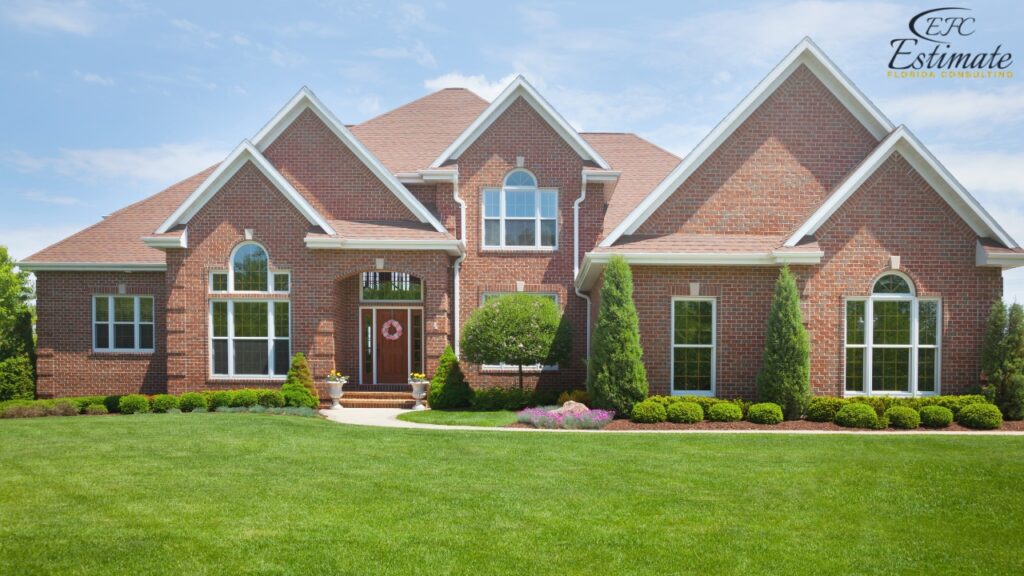
Average Cost Breakdown
The cost of staining a brick house can vary widely based on several factors, including the size of the house, the condition of the brick, and the type of stain used. On average, the cost to stain a brick house can range from $1,950 to $9,750 or more. Here’s a general cost breakdown:
Component | Cost per Square Foot | Total Cost (for 2,500 sq ft house) |
Materials | $0.65 – $1.95 | $1,625 – $4,875 |
Labor | $0.65 – $1.95 | $1,625 – $4,875 |
Total Cost | $1.30 – $3.90 | $3,250 – $9,750 |
Factors Affecting the Cost of Staining a Brick House
Several factors can influence the cost of staining a brick house, including:
Size of the House
The size of the house is a primary factor in determining the cost of staining. Larger houses require more materials and labor, increasing the overall expense. For example, a 2,500 square foot house may cost between $3,250 and $9,750 to stain, while a 3,500 square foot house could cost between $4,550 and $13,650. Accurately measuring the exterior surface area is essential for obtaining precise cost estimates. This includes accounting for all sides of the house, as well as any architectural details that may require additional work.
Condition of the Brick
The condition of the brick can significantly impact the cost of staining. Bricks in good condition require minimal preparation, while damaged or dirty bricks may need extensive cleaning and repairs before staining. Cleaning and repairing bricks can add $650 to $1,950 to the overall cost. Proper preparation ensures the stain adheres well and provides a long-lasting finish. If the brick has been previously painted or treated, removing these layers can add additional time and cost to the project.
Type of Stain
The type of stain used can also affect the cost. High-quality, durable stains tend to be more expensive but provide better coverage and longevity. Water-based stains are generally less expensive than oil-based stains, but oil-based stains may offer better protection and durability. The choice of stain should consider factors such as the desired color, finish, and weather resistance. Additionally, some stains may require a sealant to enhance their durability and longevity, adding to the overall cost.
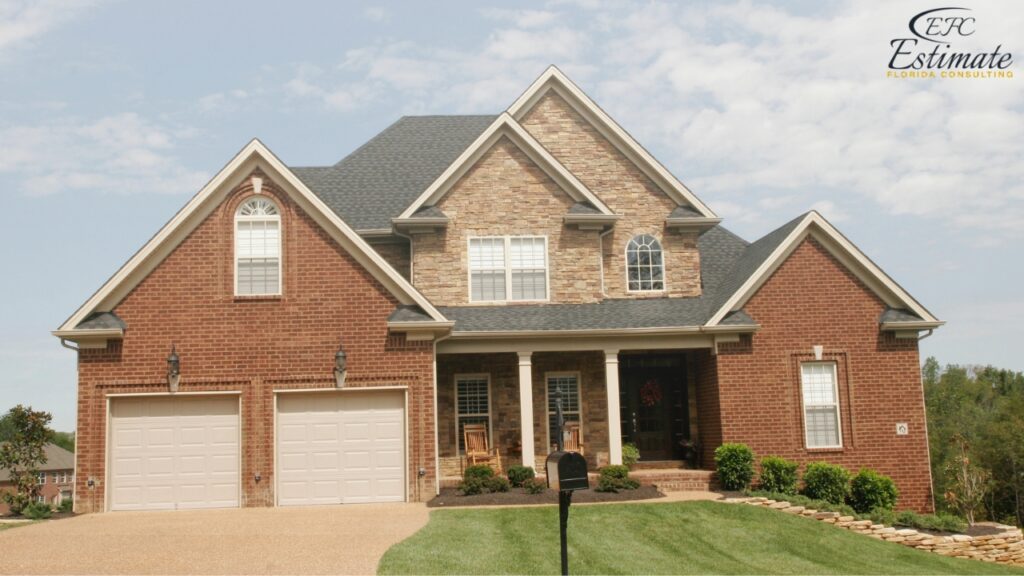
Labor Costs
Labor costs can vary depending on the location and the complexity of the project. Professional staining services typically charge between $0.65 and $1.95 per square foot. Hiring experienced professionals ensures the job is done correctly and efficiently, reducing the risk of mistakes or subpar results. Labor costs may also include additional services such as masking windows, doors, and other areas to prevent overspray or drips. The experience and reputation of the contractor can also influence labor costs, with more experienced professionals typically charging higher rates.
Cost Breakdown by Component
Materials
The cost of materials includes the stain itself, brushes, rollers, sprayers, and other necessary supplies. High-quality stains can range from $39 to $65 per gallon, and the amount needed will depend on the size of the house and the number of coats applied. Additional supplies such as drop cloths, masking tape, and cleaning solutions can add $130 to $390 to the total cost. Ensuring the right tools and high-quality materials are used can significantly impact the quality and durability of the finished project.
Cost Breakdown for Materials
Cost Component | Estimated Cost (in dollars) |
Stain (13-20 gallons) | $507 – $1,300 |
Brushes, Rollers, Sprayers | $130 – $390 |
Additional Supplies | $130 – $390 |
Total Cost | $767 – $2,080 |
Labor
Labor costs include the time and expertise required to clean the brick, apply the stain, and ensure a professional finish. The total labor cost can vary based on the complexity of the project and the rates charged by local contractors. Skilled labor ensures that the stain is applied evenly and efficiently, maximizing coverage and minimizing waste.
Cost Breakdown for Labor
Cost Component | Estimated Cost (in dollars) |
Cleaning and Preparation | $650 – $1,950 |
Stain Application | $1,300 – $3,900 |
Total Cost | $1,950 – $5,850 |
Additional Costs to Consider
In addition to the basic materials and labor costs, several other expenses can influence the total cost of staining a brick house:
Surface Preparation
Proper surface preparation is crucial for ensuring the stain adheres well and provides a long-lasting finish. This may include pressure washing, repairing damaged bricks, and filling gaps or cracks. Surface preparation can add $650 to $1,950 to the overall cost. Thorough cleaning and repair of the brick surface ensure optimal stain absorption and a uniform appearance. Neglecting surface preparation can lead to uneven staining and reduced durability of the finish.
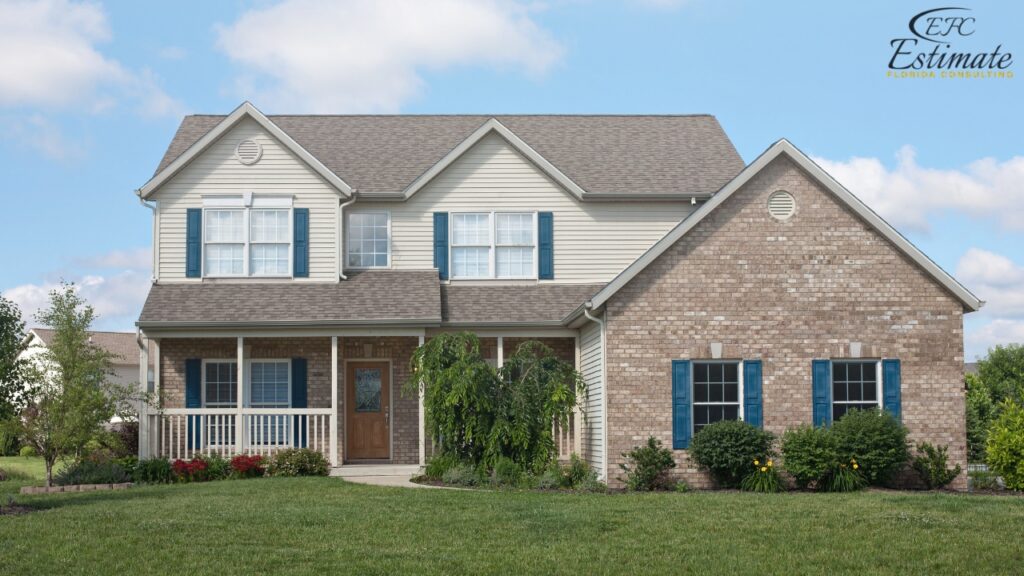
Number of Coats
The number of coats applied can affect the overall cost. Applying multiple coats can enhance the color and durability of the stain but will require more materials and labor. Each additional coat can add $650 to $1,950 to the total cost. Multiple coats provide better coverage and protection, especially in areas with harsh weather conditions or high UV exposure. This ensures the brick remains protected and retains its color for longer periods.
Weather Conditions
Weather conditions can impact the staining process. Ideal weather conditions for staining are mild temperatures and low humidity. Extreme weather conditions can delay the project and potentially increase labor costs. Proper planning and scheduling can help minimize weather-related delays and ensure optimal results. Staining in unsuitable weather conditions can result in poor adhesion and reduced longevity of the stain.
Choosing the Right Stain
Selecting the appropriate stain for your brick house is crucial for achieving the desired look and durability. Here are some factors to consider:
90% More Chances to Win Projects With Our Estimate!
- Multi-Family Building
- Hotel Building
- Hospital Building
- Warehouse Building
- School & University Building
- High-Rise Building
- Shopping Complex
- Data Center Building
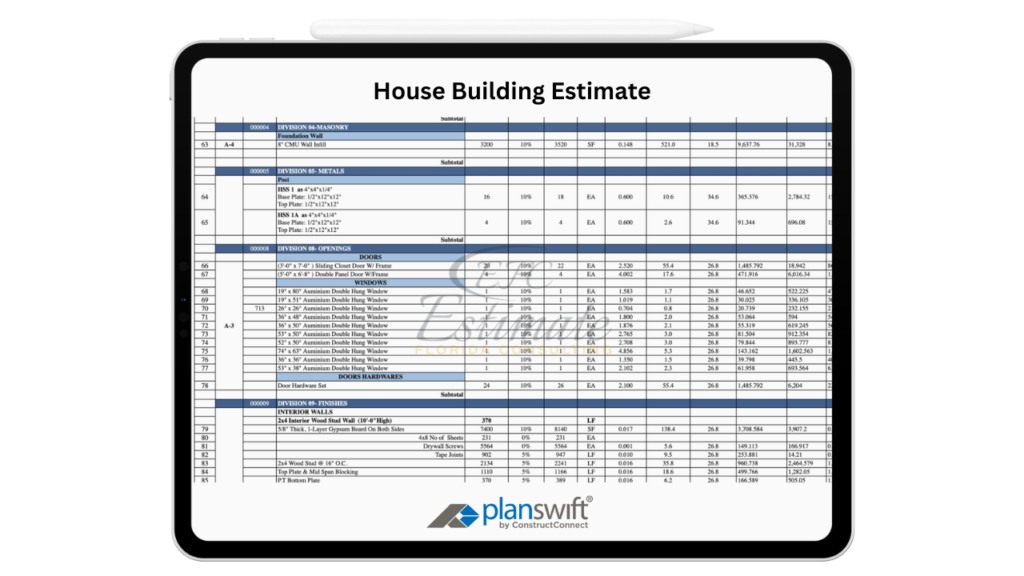
Water-Based vs. Oil-Based Stains
- Water-Based Stains: These are environmentally friendly, have low VOCs (volatile organic compounds), and dry quickly. They are easier to clean up but may not penetrate as deeply as oil-based stains. Water-based stains are also less likely to produce strong odors during application.
- Oil-Based Stains: These offer deeper penetration and longer-lasting protection but have higher VOCs and require longer drying times. They also need mineral spirits for cleanup. Oil-based stains are typically more resistant to water and UV damage, making them ideal for harsh climates.
Color Selection
Stains come in a variety of colors, allowing you to customize the look of your brick house. It’s essential to test a small area first to ensure the color matches your expectations and complements your home’s style. Consider the architectural style of your home and the surrounding landscape when selecting a color. Lighter colors can make a home appear larger and more inviting, while darker shades can give a sophisticated and modern look.
UV Protection
Choosing a stain with UV protection is important, especially for homes in sunny climates. UV-resistant stains help prevent fading and maintain the color intensity over time. This is particularly important for maintaining the aesthetic appeal of your home and protecting the brick from sun damage. UV protection also helps in preserving the integrity of the stain, reducing the need for frequent reapplications.
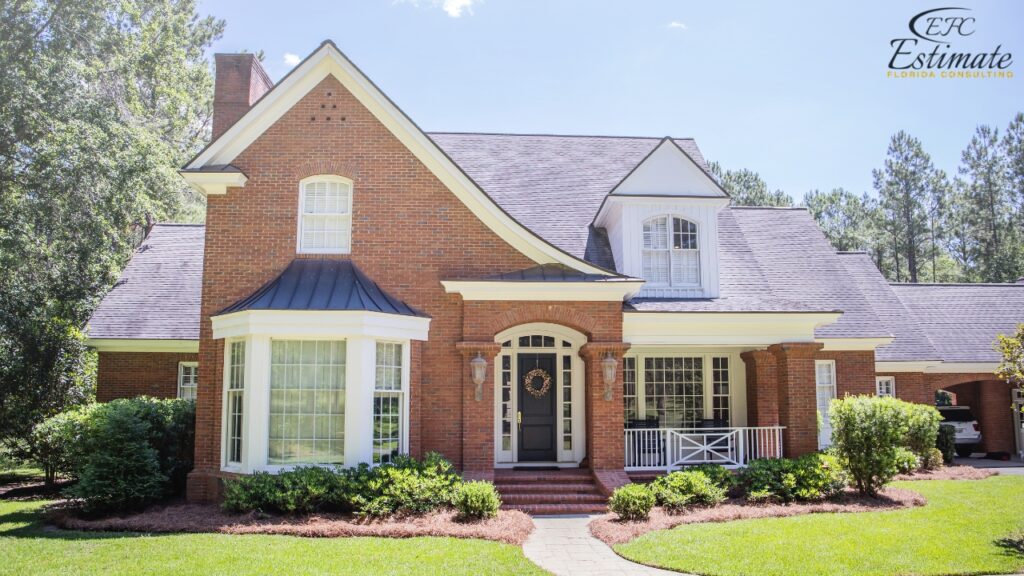
Benefits of Staining a Brick House
Staining a brick house offers several benefits beyond just enhancing its appearance. These benefits include:
- Preservation: Staining helps protect the brick from weathering and deterioration, extending its lifespan. This is particularly important in areas with harsh weather conditions, where the brick can suffer from frost damage, water infiltration, or UV degradation.
- Aesthetic Appeal: Staining allows you to change the color of the brick while maintaining its natural texture, giving your home a refreshed look. Whether you want a modern gray, a classic red, or an earthy brown, stains can provide a variety of color options to match your style.
- Low Maintenance: Stains require less maintenance than paint, as they do not peel or chip over time. This means fewer touch-ups and a more consistent appearance over the years.
- Cost-Effective: Compared to other exterior renovation options, staining is a relatively affordable way to update your home’s look. The upfront costs are lower, and the longevity of the stain reduces the need for frequent reapplications.
DIY vs. Professional Staining
Deciding whether to stain your brick house yourself or hire a professional can impact the overall cost and quality of the project.
DIY Staining
- Pros: Lower labor costs, flexibility in scheduling, and the satisfaction of completing the project yourself. DIY staining can be a rewarding project for homeowners with the right skills and tools.
- Cons: Requires time, effort, and some level of expertise. Mistakes can lead to uneven coverage, peeling, or the need for costly repairs. Without professional equipment and techniques, achieving a uniform and lasting finish can be challenging.
Professional Staining
- Pros: Ensures high-quality results, faster completion, and less hassle. Professionals have the necessary tools and experience to handle any challenges. They also offer warranties on their work, providing peace of mind.
- Cons: Higher labor costs, but this is often outweighed by the benefits of a professional finish. The initial investment in professional services can save money in the long run by avoiding potential mistakes and ensuring longevity of the stain.
Maintenance Tips for Stained Brick
Maintaining your stained brick house ensures it remains attractive and protected for years to come. Here are some tips:
- Regular Cleaning: Use a mild detergent and water to clean the brick surface periodically. Avoid using harsh chemicals or high-pressure washers that can damage the stain. Regular cleaning helps prevent dirt and grime buildup, maintaining the fresh look of the stain.
- Inspect for Damage: Regularly check for any signs of damage, such as cracks, peeling, or fading. Address these issues promptly to prevent further deterioration. Early detection and repair of damages can extend the life of the stain and protect the underlying brick.
- Reapply Stain: Depending on the type of stain used, you may need to reapply it every 5 to 10 years to maintain its appearance and protection. Reapplication helps in maintaining the color vibrancy and protective qualities of the stain, ensuring long-term benefits.
Example Cost Calculation
Let’s consider an example of staining a 2,500 square foot brick house:
Component | Estimated Cost (in dollars) |
Materials | $767 – $2,080 |
Labor | $1,950 – $5,850 |
Surface Preparation | $650 – $1,950 |
Number of Coats | $650 – $1,950 |
Total Cost | $4,017 – $11,830 |
Download Template For House Building Project Breakdown
- Materials list updated to the zip code
- Fast delivery
- Data base of general contractors and sub-contractors
- Local estimators

Conclusion
Staining a brick house is a cost-effective way to enhance its appearance and protect the brick from weathering. The cost can vary widely depending on factors such as the size of the house, the condition of the brick, the type of stain used, and labor rates. By understanding these factors and budgeting for additional expenses such as surface preparation and multiple coats, homeowners can make informed decisions and ensure the successful completion of their staining project. Investing in high-quality materials and professional services can provide long-lasting and visually appealing results, increasing the overall value and curb appeal of the property.
FAQs
The time required to stain a brick house can vary depending on the size of the house and the condition of the brick. On average, it can take 1 to 2 weeks to complete the project, including preparation and drying time between coats. Larger projects or those requiring extensive preparation may take longer.
While it is possible to stain a brick house yourself, it is not recommended unless you have experience with similar projects. Hiring a professional ensures the job is done correctly and safely, providing better and longer-lasting results. DIY projects can also be time-consuming and physically demanding.
Brick stain can last for several years, typically between 5 and 10 years, depending on the quality of the stain and the environmental conditions. Regular maintenance and touch-ups can extend the lifespan of the stain. Using high-quality stains and proper application techniques can further enhance durability.
Staining brick penetrates the surface and provides a more natural and long-lasting finish, while painting creates a surface layer that can peel and chip over time. Staining also allows the natural texture of the brick to show through, whereas painting covers it up. Stains generally require less maintenance and provide better breathability for the brick.
Maintaining a stained brick house involves regular cleaning to remove dirt and debris, inspecting for any damage or wear, and applying touch-up stain as needed. Proper maintenance can help preserve the appearance and longevity of the stain. Additionally, ensuring proper drainage around the house can prevent water damage and staining issues.
Google Reviews



Process To Get The Cost to Stain a Brick House Estimate Report
Here I am going to share some steps to get the cost to stain a brick house estimate report.
-
You need to send your plan to us.
You can send us your plan on info@estimatorflorida.com
-
You receive a quote for your project.
Before starting your project, we send you a quote for your service. That quote will have detailed information about your project. Here you will get information about the size, difficulty, complexity and bid date when determining pricing.
-
Get Estimate Report
Our team will takeoff and estimate your project. When we deliver you’ll receive a PDF and an Excel file of your estimate. We can also offer construction lead generation services for the jobs you’d like to pursue further.

